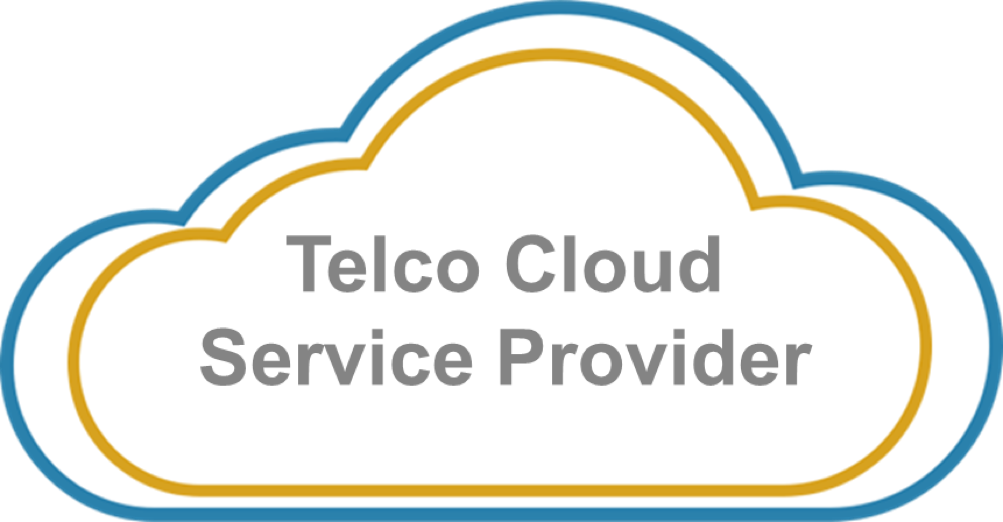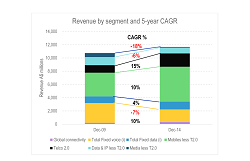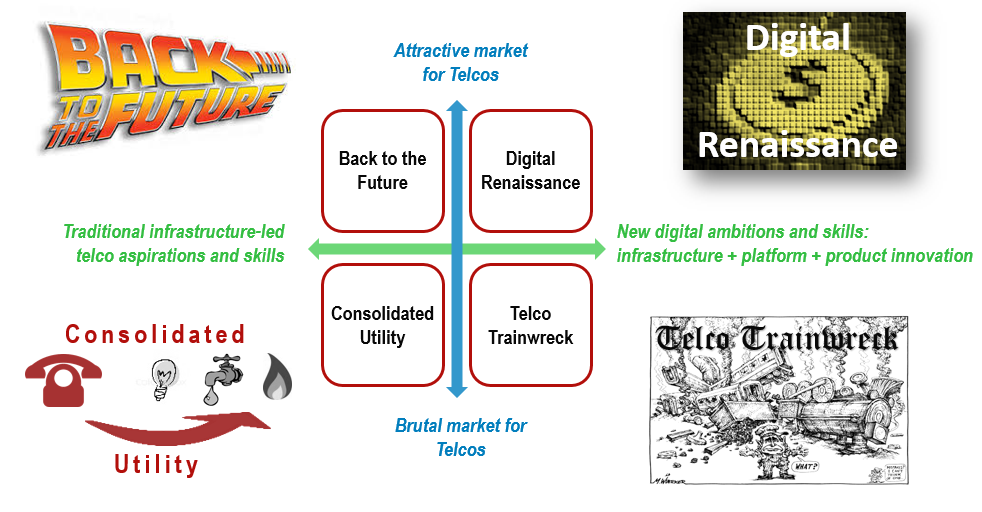There has never been a better time for telcos to establish a profitable role as a market enabler in the mobile advertising ecosystem. STL Partners analyses how 3 telcos – Sprint, Turkcell and SingTel – lead the way in leveraging permission-based subscriber data and highlights the role that each has chosen to perform. The report assesses each company’s strategy and execution, outlines the core reasons for their success, and identifies 6 ways in which telcos can accelerate time to market with advertising and marketing solutions. (December 2015, Foundation 2.0, Executive Briefing Service, Dealing With Disruption Stream, Telco 2.0 Transformation Stream.)

















